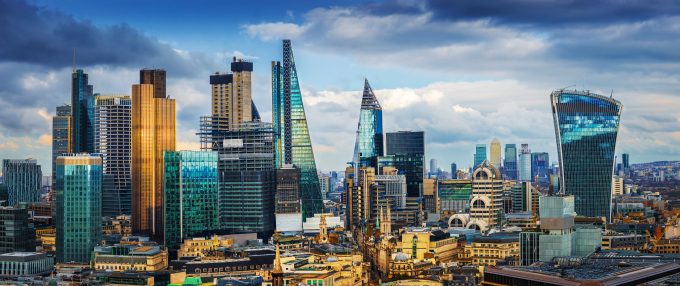Hoorah, some good news. A vaccine breakthrough courtesy of Pfizer and BioNTech brought much needed positivity.
For the property sector, it was the shot in the arm it needed just a week after lockdown 2.0 was announced. Will life go back to normal with a successful vaccine available or are trends developed during the pandemic, like working from home, here to stay?
The share prices of office and retail-focused companies bounced hard on the day of the announcement. British Land was up 22% on Monday, Land Securities 20% and Hammerson 37%. Meanwhile, companies that had benefitted from the pandemic trends, namely the logistics sector, were down. SEGRO’s share price came off 8% on the day.
The structural changes at play in the retail and logistics sectors were already well underway, and merely accelerated by the pandemic. The office sector is different, however.
It is still not known what the long-term impact of working from home will be.
Regional REIT certainly thinks it has been over-egged. It is going to focus solely on the office sector going forward and has put a for sale sign over its industrial and retail portfolios (worth around £146m), following an internal strategic review.
The proceeds from the sales will be recycled into buying regional offices (located outside of London) and may be used to buy back shares.
Its share price fell 50% in March and has struggled to recoup its losses. After the Pfizer announcement, its share price rose 8% but it is still trading at a significant discount to net asset value of around 25%.
Regional REIT believes that more office space will be required going forward not less. Its conviction in the sector comes from a supply-demand imbalance in regional cities.
Supply in the top eight regional locations is at historically low rates at 6.9%. This is well below the 10-year average of around 10.5%. This supply shortage has been precipitated by the conversion of secondary, grade B and C offices into residential under permitted development rights.
On the demand side, it says the assumption that a rise in working from home will directly result in lower demand for office space is too simplistic.
The office will still be required in a flexible approach to work, and it is likely that more space per employee will be needed for health and safety.
Office space per employee has been falling dramatically over the years but is forecast to increase again post-pandemic.
In the 1990s, an average of 425 sq ft was provided per employee. This had fallen to 225 sq ft in 2010 and to 150 sq ft by 2020. It is thought this will go back up to 200 sq ft per employee by 2025.
It said a 40% reduction of workers in the office through working from home, equates to a desk reduction of 20%. When meeting rooms, lifts, corridors etc are considered, it means a 10-15% reduction in floor space.
Factor in the growing space requirements per employee, and Regional REIT believes that more space will be required going forward not less. It will be interesting to see how things develop as and when people go back to the office.

Whilst I agree with Regional Reit, What I am unclear on is whether the Pandemic signals a renaissance in occupation on business parks (rather than city centres), which are car bourne and generally have lower densities per employee. They are more often single let rather than multi let. As a rule of thumb Health and Safety changes caused by the pandemic mean occupation falls to 30%, so 200 sq ft per employee might be too conservative.